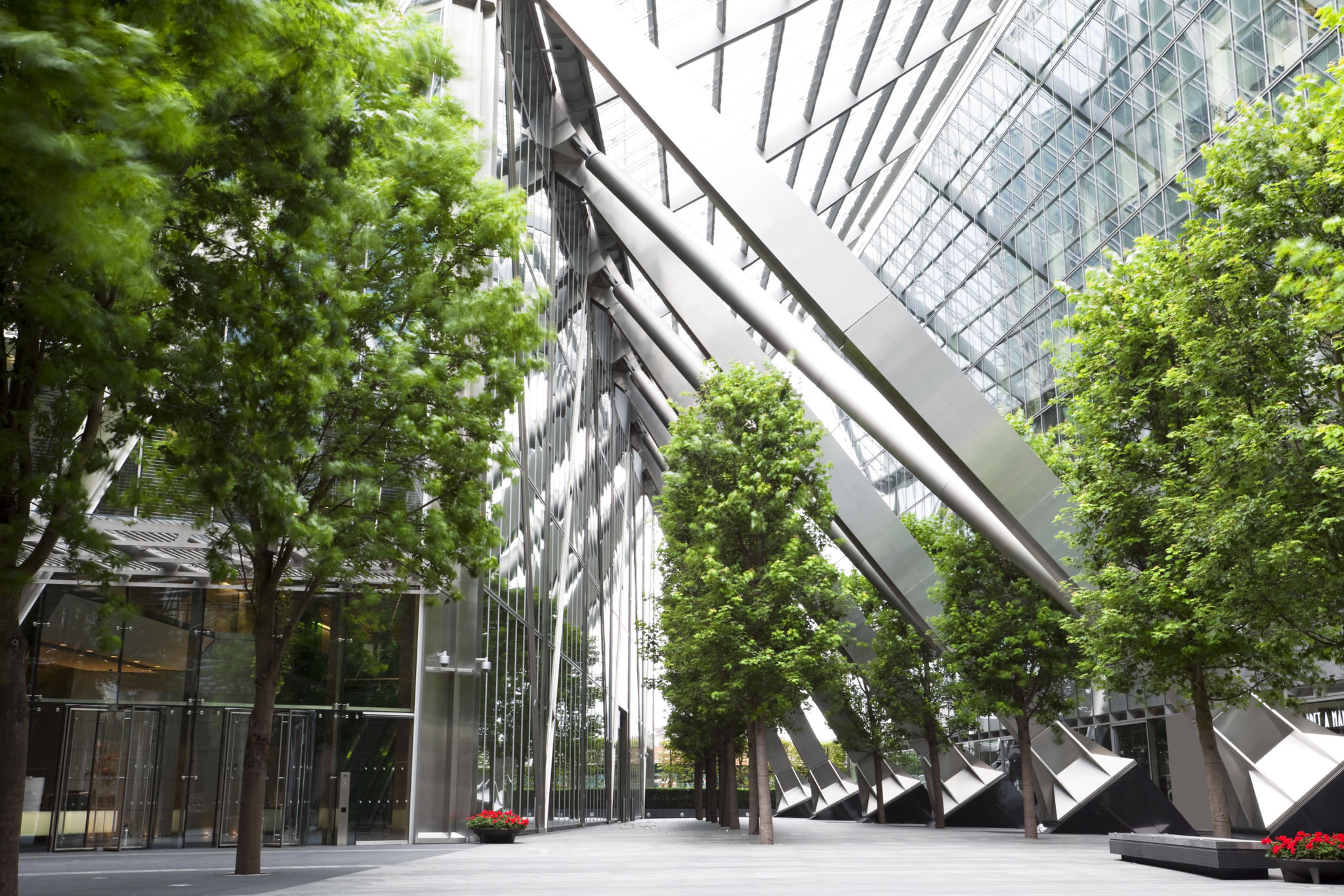The Benefits of Biophilic Design in the Workplace
Understanding Biophilic Design
Biophilic design is an innovative approach that integrates nature into architectural and interior design. It focuses on creating spaces that enhance the connection between humans and the natural environment. In the workplace, biophilic design can significantly impact employee well-being and productivity.
The concept draws from biophilia, which suggests that humans have an inherent desire to connect with nature. By incorporating elements such as natural light, plants, and natural materials, workplaces can become more inviting and healthier environments.

Enhancing Employee Well-being
One of the most significant benefits of biophilic design in the workplace is its positive effect on employee well-being. Studies have shown that exposure to natural elements can reduce stress, improve mood, and increase overall satisfaction. Employees who work in environments with biophilic elements often report feeling more relaxed and focused.
For instance, incorporating indoor plants not only beautifies a space but also improves air quality by reducing toxins. Additionally, the presence of greenery has been linked to lower levels of anxiety and depression among employees.
Boosting Productivity
Biophilic design doesn't just enhance well-being; it also boosts productivity. Natural light is a crucial component in this regard. Workspaces with ample natural lighting have been shown to improve concentration and cognitive performance. Employees exposed to daylight are generally more alert and energized throughout the day.

Moreover, biophilic design can encourage creativity. The presence of natural elements can inspire innovative thinking, leading to more effective problem-solving and idea generation. This is particularly beneficial in industries that rely heavily on creative work.
Reducing Absenteeism
Another advantage of incorporating biophilic design in the workplace is the reduction in absenteeism. Healthier work environments contribute to fewer sick days, as employees experience less stress and improved physical health. The integration of nature into office spaces can lead to a noticeable decrease in respiratory issues and other health-related problems.
Businesses that prioritize employee health through thoughtful design choices may also see improvements in morale and team cohesion. A pleasant work environment can foster a sense of community and belonging among employees.

Creating Sustainable Workspaces
Biophilic design aligns with sustainable practices by promoting the use of eco-friendly materials and energy-efficient solutions. This approach not only benefits employees but also contributes positively to the environment. By choosing sustainable materials and incorporating natural elements, companies can reduce their carbon footprint while creating healthier office spaces.
Moreover, sustainable workspaces often attract talent who value environmental responsibility, enhancing the company's reputation as a forward-thinking and responsible employer.
Implementing Biophilic Design
Integrating biophilic design into the workplace doesn't have to be complicated or costly. Simple steps such as adding potted plants, using natural materials like wood or stone, and maximizing natural light can make a significant difference. Creating outdoor spaces for breaks or meetings can also provide employees with much-needed fresh air and a change of scenery.
For businesses looking to make more substantial changes, professional designers specializing in biophilic design can offer tailored solutions that align with organizational goals and budgets.